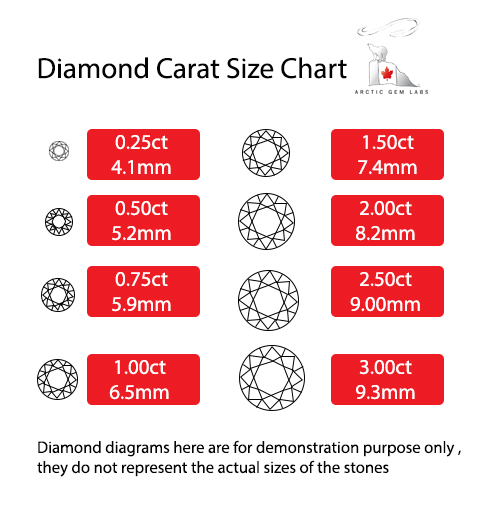Call Us: 1-519-783-1602 | Contact Us
The 4C’s of a diamond
4Cs OF A DIAMOND – A DIAMOND BUYING GUIDE
Diamonds are always bought by very special people for very special reasons. That diamond of your desire, if it is natural, has taken one to three billion years to form. In other words, it is little younger than the earth itself. So, why not take some time to learn the four most important things that you should know before buying a diamond.
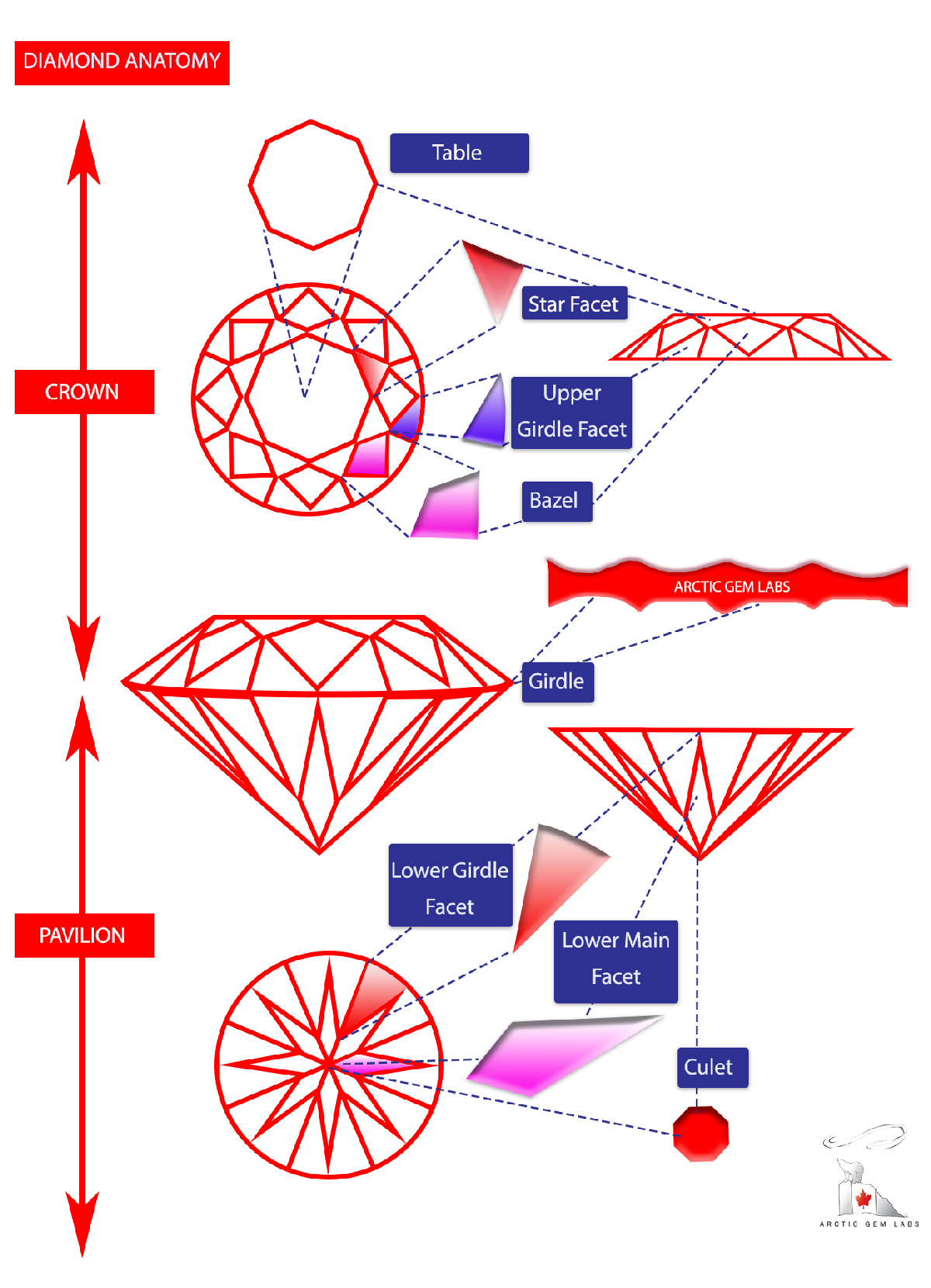
The 4Cs of a Diamond are Cut, Color, Clarity and Carat Weight.
SHAPE vs CUT OF A DIAMOND
We often think of a diamond's cut as shape (round, heart/oval/marquise, pear), but a diamond's cut grade is really about how well a diamond's facets interact with light.
CUT
Cut is the only quality trait of a natural, earth-mined diamond that is determined by the hand of man. The proportions of the diamond and the angles of its facets will determine how well it can transmit light and sparkle with intensity. The cut of a diamond will generally fall into three categories:
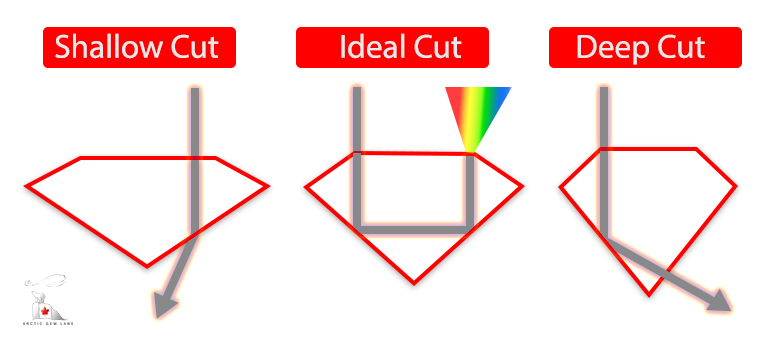
CUT GRADE
The most widely known and universally used grading systems are the Gemological Institute of America (GIA) Diamond Cut Grading System and the American Gem Society (AGS) Cut Scale.
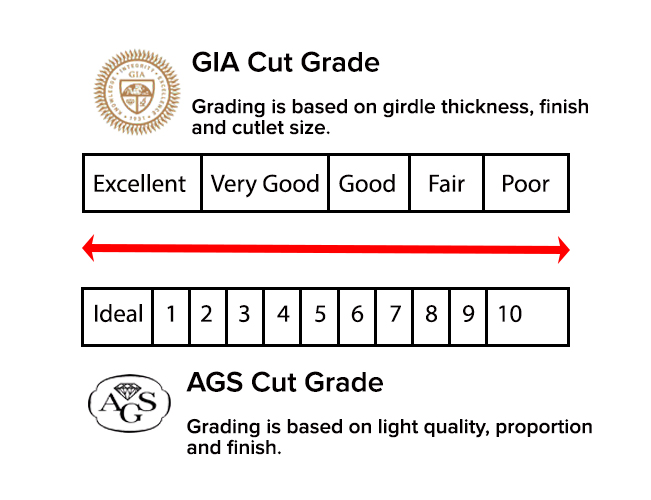
The cut grade will determine a diamond’s visual criteria also referred to as Light Performance.
Brightness: Internal and external white light reflected from a diamond
Fire: The scattering of white light into all the colors of the rainbow
Scintillation: The amount of sparkle a diamond produces, and the pattern of light and dark areas caused by reflections within the diamond
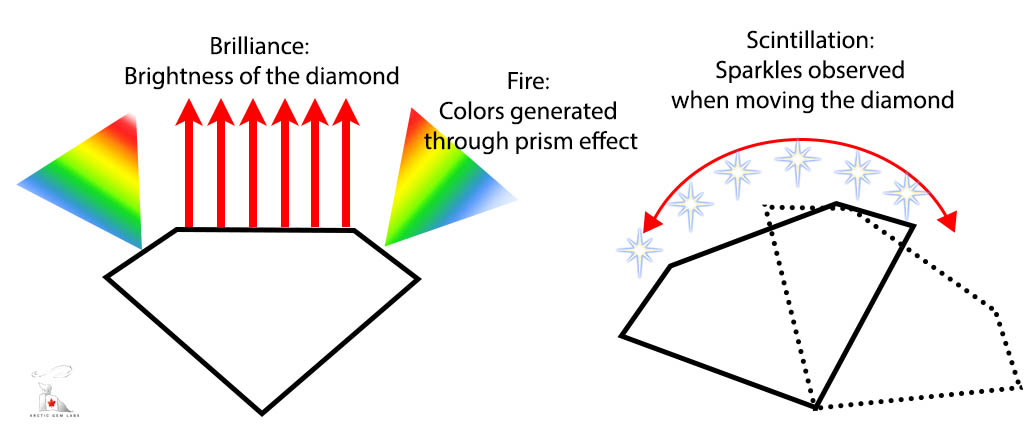
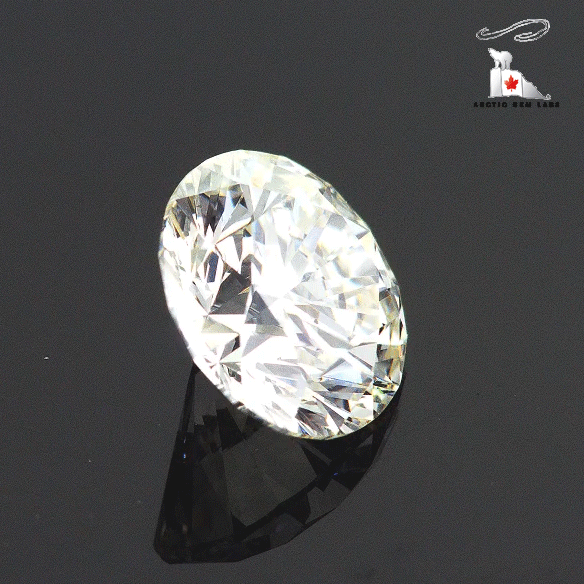
GIA's diamond cut grade also takes into account the design and craftsmanship of the diamond, including its weight relative to its diameter, its girdle thickness (which affects its durability), the symmetry of its facet arrangement, and the quality of polish on those facets.
COLOR
The "color" of a diamond, on the contrary, refers to its lack of color. The grading scale of gem quality diamonds holds colorless to be the highest in quality, while increasing hues of yellow or brown indicate lower quality.
A gemologist, using extensive experience and trained eyes, will determine the color grade of a diamond.
There are several grading scales utilized by different labs across the globe, the most internationally recognized are the GIA D-to-Z and the AGS 0-10 systems.
 CLARITY
CLARITY
Although diamonds are the hardest naturally occurring material known to man, they still contain imperfections. These imperfections, or birth marks, interfere with light moving through the diamond. Diamond clarity refers to the absence of inclusions (internal) and blemishes (external). Diamonds with little to no inclusions or blemishes are extremely rare, thus affecting the value.
The clarity grading is determined by a gemologist after inspecting a diamond under 10x magnification.
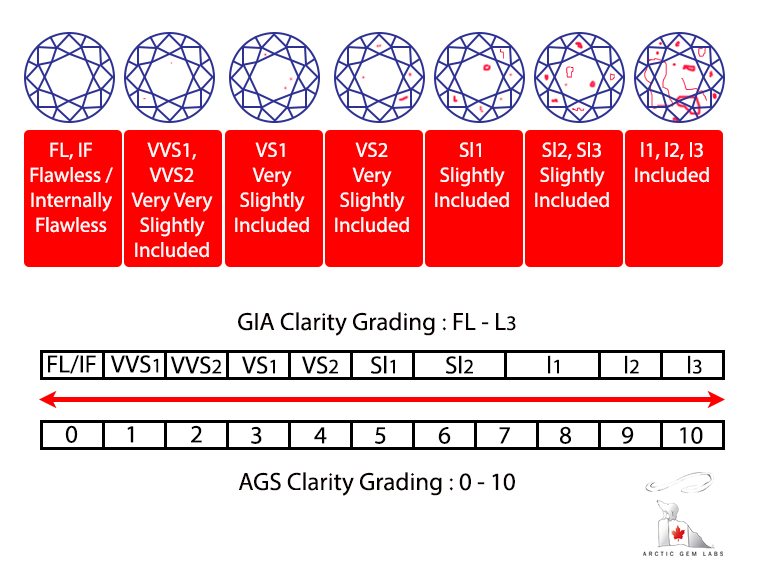
DIAMOND PLOT
A diamond plot is a line diagram used by gemologists to plot the inclusions and blemishes they observe in a diamond. This document is important because most of the imperfections they detect are invisible to the naked eye.
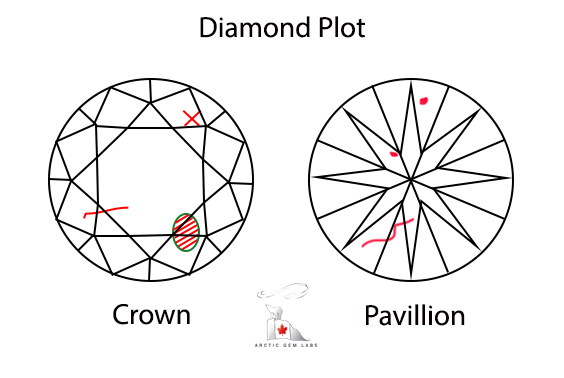
A diamond plot shows the type of imperfections and their position on the diamond. The diamond plot can be a representation of the actual diamond, unless otherwise specified. Arctic Analysis Full Reports offer a diamond plot that is an actual representation of the diamond.
CARAT WEIGHT
Diamonds and other gemstones are weighed in metric carats: one carat is equal to 0.2 grams, about the same weight as a paperclip.
Do not confuse carat with karat, which refers to gold purity, (18 karat gold).
Price per carat increase exponentially when the carat weight of a diamond increases. The difference in pricing of a 3.0 carat diamond and a 2.9 carat diamond is significant.
Just as a dollar is divided into 100 pennies, a carat is divided into 100 points. For example, a 50-point diamond weighs 0.50 carats.
